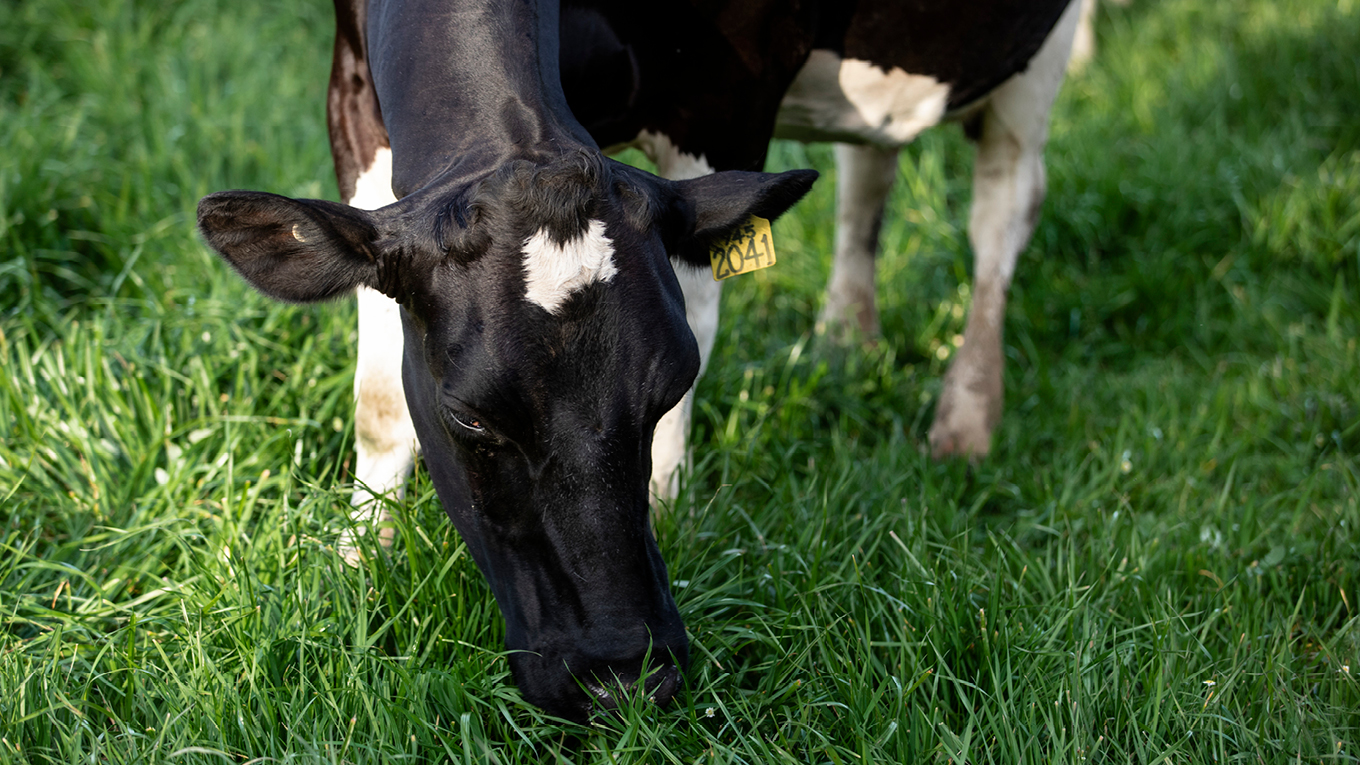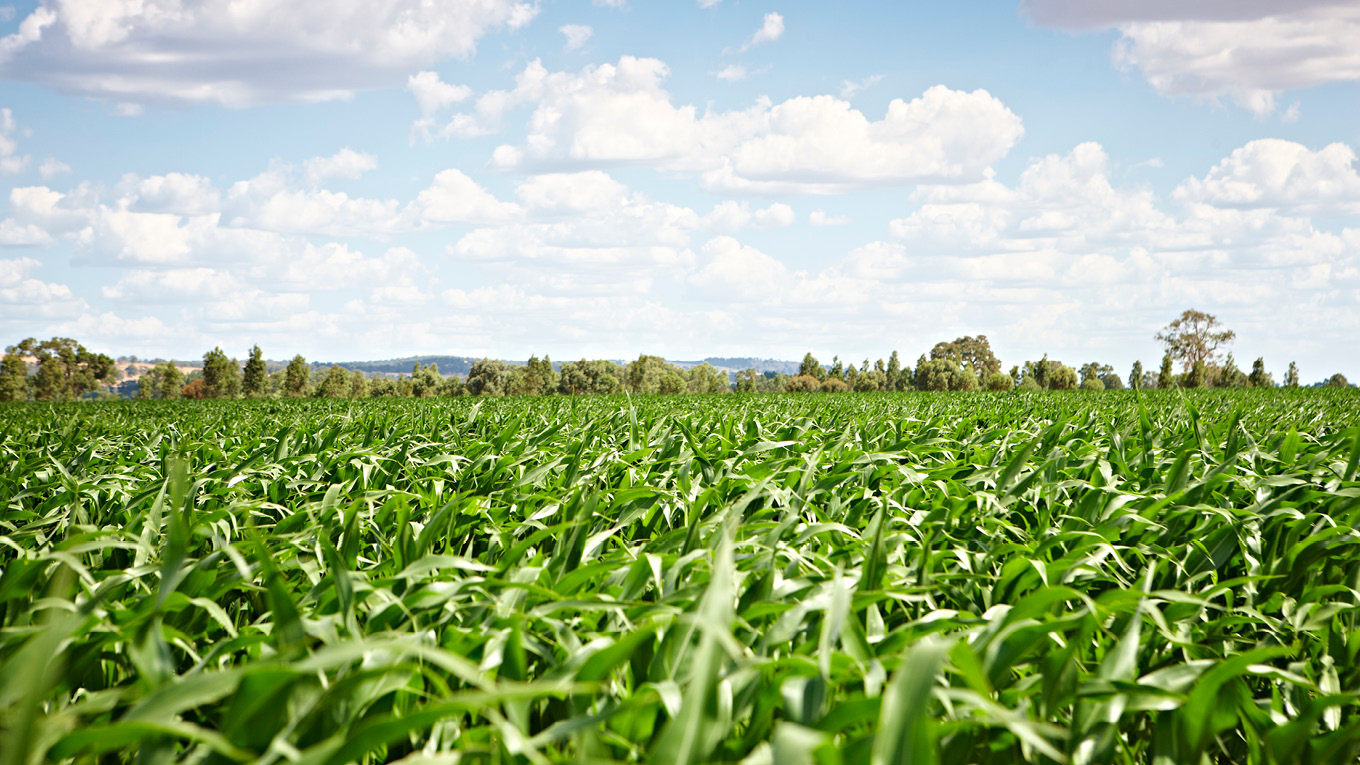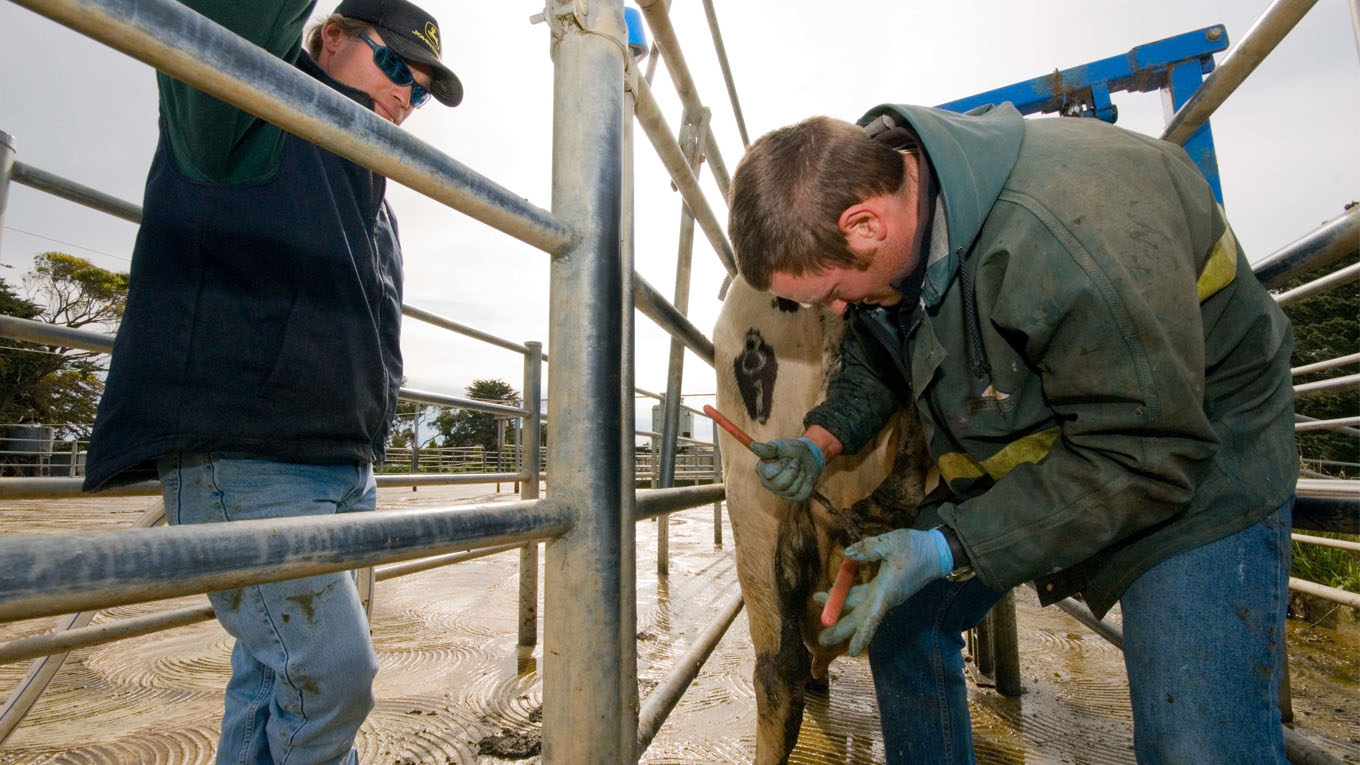Feeding the Herd
Feed costs are the biggest variable cost on a dairy farm. For this reason, efficiently feeding the herd is a key factor affecting dairy farm profitability regardless of the feeding system utilised.
Key points to consider when feeding cows:
- Create a sound monthly milk income and feed budget to guide decisions
- Buy feeds based on quality and value
- Convert feed into milk efficiently, minimising waste
- Manage pasture according to best management principles
The three main aims should then be:
- Design and feed milkers diets that generate the best possible return on investment
- Protect the farm’s long-term productivity by maintaining good cow body condition and health
- Protect long-term productivity of pastures, enabling them to bounce back quickly when conditions eventually improve
Home-grown feed
Maximising the production of home-grown feed is essential to improve the resilience and profitability of farming systems. Research from across the world in several countries, including Australia, has repeatedly demonstrated the link between increased levels of home-grown feed and higher profitability. This applies regardless of the feeding system or level of intensity of the farm.
In the vast majority of cases, home-grown feed is cheaper than imported or bought-in feeds. It is therefore critical to the sustainability of farm businesses to maximise the production and utilisation of this resource.
Dairy Australia's Feeding systems used by Australian dairy farmers fact sheet outlines the five common feeding systems on dairy farms in Australia. Even though farms tend to become more intensified from system one through to system five, there is a mistaken belief that homegrown feed is less relevant in more intensive systems. This is incorrect, as most successful examples of system five, where cows are fully housed, still grow a large percentage of their feed as homegrown feed, often as high quality conserved forage such as maize silage or similar.
No one system is considered better than others and all systems can be profitable. Selecting the right system for your farm will depend largely on the resources available and your attitude to risk.
Supplements
Home-grown feed rarely fills all of the feed gaps on Australian dairy farms and so imported supplements are also used. These can be very profitable if used correctly and efficiently.
Dairy Australia's Designing balanced milker diets fact sheet outlines how to maximise milk income minus feed costs in the herd and helps to design high-quality milker diets that are well nutritionally balanced.
The principles of marginal versus average milk yield responses are also critical to understand when feeding supplements in order to maximise profit.
- Marginal milk response is the incremental increase in milk yield obtained from an extra kilogram of supplement fed
- Average milk response is the increase in milk yield averaged across all kilograms of supplement fed
The Feeding supplements fact sheet outlines this in more detail and is an important read for anyone wondering what is the most profitable amount of supplement to use.
Feed conversion efficiency
Feed conversion efficiency (FCE) is a useful form of measurement to monitor the efficiency of a feeding program. However, it should not be associated too closely with farm profit, as it does not account for the cost of the feed consumed by the herd.
FCE is helpful to assess the quality of feed consumed by the herd, particularly the forage component of the diet, as improved FCE is closely associated with higher quality diets.
The Feed conversion efficiency fact sheet provides more information and some suggested targets for each feeding system.


